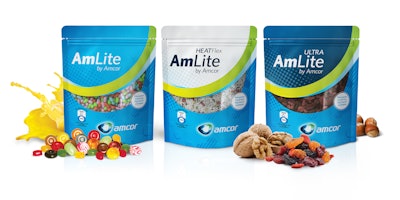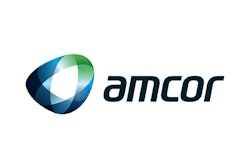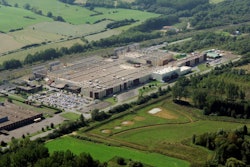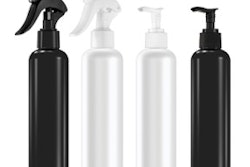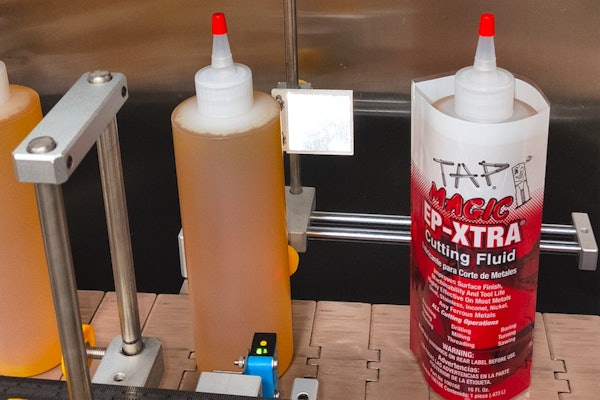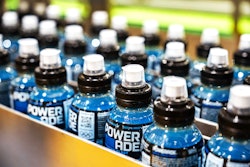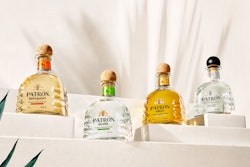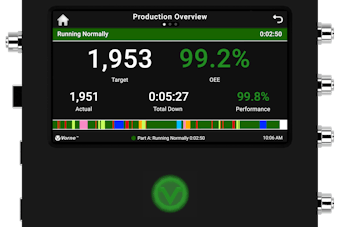Clear packaging is increasingly becoming associated with more healthy, natural products. Consumers want to see the product inside and decide for themselves if it looks like something good for their bodies.
“Consumers are demanding information that helps them make more informed food and beverage decisions,” says Peter Ettridge, product development manager at Amcor Flexibles EMEA. “Transparent packaging is in line with other trends, such as companies sharing their ingredient sourcing policies and trace-to-origin information on packaging. As stated in the 2016 Mintel report, titled Transparent Food Packaging, ‘incorporating transparent packaging is part of a holistic approach to providing clarity to the consumer.’”
When moving from opaque packaging to transparent packaging, brand owners and packaging designers should consider how the product will appear and integrate that information into the design. For example, Ettridge says using a combination of print and transparency packaging, and placing transparent areas higher on the pack so crumbs that might settle at the bottom are not on display.
The physical damage to the product that might occur in transparent flexible packaging, during shipping for example, would not be more than in opaque flexible packaging so there is no greater risk of damage, he says. “In fact, while it’s not visible to the naked eye, transparent packaging such as the AmLite material developed by Amcor may actually provide a better barrier to protect product than traditional metallized materials following filling, shipping, and handling,” says Ettridge. “Advancements in AmLite transparent barrier packaging include improvements in seal integrity, flex crack resistance of the barrier materials, and the overall oxygen and water vapor barrier performance, as explained in a recent white paper.”
He adds that more advanced transparent materials that offer a high barrier now make metal-free materials an option for sensitive products such as ready-meals, baby food in stand up pouches, nuts, and crisps. However, some products may not be suitable for transparent packaging, such as those that are extremely sensitive to light damage or where extremely high water vapor barrier is required.
